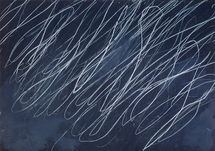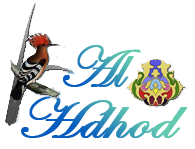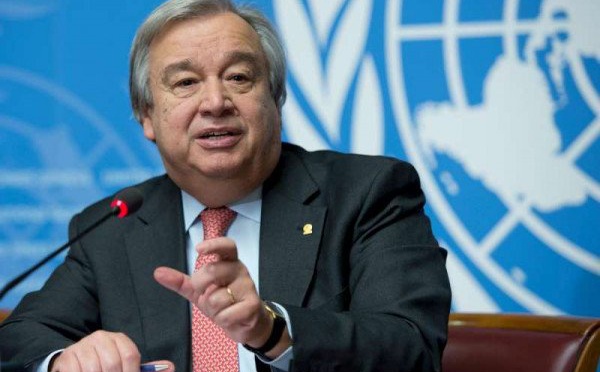
"Cy Twombly is the link between the formal radicalisation of US post-war art and the complexity of European painting," MUMOK director Edelbert Koeb said ahead of the opening, on Wednesday evening, of one of the museum's costliest-ever exhibitions.
Born in Lexington, Virginia, in 1928, Edwin Parker Twombly, given the nickname Cy by his father, studied art at the famous Black Mountain College near Asheville, North Carolina, in the 1950s where he met the likes of Jasper Johns and Robert Rauschenberg.
It was with Rauschenberg that Twombly travelled to South America, Spain and Italy before moving permanently to Rome in 1959.
MUMOK's retrospective spans the 50-year career of Twombly, who rarely gives interviews or appears in public.
It was the artist himself who chose the name for the show, which contains works that illustrate many of the Twombly's guiding principles: the use of the colour white, and of writing, the principles of collage and, in his photos, the play of light.
"It was difficult to get all these pieces together, because collectors were very reluctant to loan them," director Koeb said.
Some of the largest pieces in the exhibition are valued at 5.0-15.0 million euros apiece.
The painting that opens the exhibition was "fresh out of (Twombly's) studio", said the show's curator, Achim Hochdoerfer.
The untitled triptych comprises three huge blue canvases with white scribblings.
"The seeming banality of the scribbling against this deep blue creates a contrast that constitutes a great moment in painting," he said.
A series of white-dominated paintings follows, with spatterings of color and words scribbled in crayon.
"Is the white a symbol of purity, as with the poet Mallarme, or a conception of silence as with John Cage?" Hochdoerfer asks before coming to a halt in front of a sculpture, untitled as most of the works in the exhibition are.
Pieces of woods are nailed together and splashed with white paint, "exemplifying the dialectic of the materiality of objects in interaction with the imagination," said Hochdoerfer.
One of the rare paintings with a title, the "School of Athens", was inspired by a Rafael fresco in the Vatican, and could be understood, the curator says, as a an "updating" of the elements of classical art.
The white canvas is covered in sketches of arches, crayon graffiti and splashes of colour.
"The complexity of Twombly's paintings arises primarily from the attempt to confront the model of improvisation with methods of planned chance," said the curator.
Many of the photos, such as the view of the interior of Robert Rauschenberg's atelier, are on show for the first time.
It was not clear whether Twombly would attend the opening on Wednesday evening.
The artist was certainly in Vienna at the moment, Hochdoerfer conceded, without revealing any further details.
----------------------------------------------------------------------------------------------
Born in Lexington, Virginia, in 1928, Edwin Parker Twombly, given the nickname Cy by his father, studied art at the famous Black Mountain College near Asheville, North Carolina, in the 1950s where he met the likes of Jasper Johns and Robert Rauschenberg.
It was with Rauschenberg that Twombly travelled to South America, Spain and Italy before moving permanently to Rome in 1959.
MUMOK's retrospective spans the 50-year career of Twombly, who rarely gives interviews or appears in public.
It was the artist himself who chose the name for the show, which contains works that illustrate many of the Twombly's guiding principles: the use of the colour white, and of writing, the principles of collage and, in his photos, the play of light.
"It was difficult to get all these pieces together, because collectors were very reluctant to loan them," director Koeb said.
Some of the largest pieces in the exhibition are valued at 5.0-15.0 million euros apiece.
The painting that opens the exhibition was "fresh out of (Twombly's) studio", said the show's curator, Achim Hochdoerfer.
The untitled triptych comprises three huge blue canvases with white scribblings.
"The seeming banality of the scribbling against this deep blue creates a contrast that constitutes a great moment in painting," he said.
A series of white-dominated paintings follows, with spatterings of color and words scribbled in crayon.
"Is the white a symbol of purity, as with the poet Mallarme, or a conception of silence as with John Cage?" Hochdoerfer asks before coming to a halt in front of a sculpture, untitled as most of the works in the exhibition are.
Pieces of woods are nailed together and splashed with white paint, "exemplifying the dialectic of the materiality of objects in interaction with the imagination," said Hochdoerfer.
One of the rare paintings with a title, the "School of Athens", was inspired by a Rafael fresco in the Vatican, and could be understood, the curator says, as a an "updating" of the elements of classical art.
The white canvas is covered in sketches of arches, crayon graffiti and splashes of colour.
"The complexity of Twombly's paintings arises primarily from the attempt to confront the model of improvisation with methods of planned chance," said the curator.
Many of the photos, such as the view of the interior of Robert Rauschenberg's atelier, are on show for the first time.
It was not clear whether Twombly would attend the opening on Wednesday evening.
The artist was certainly in Vienna at the moment, Hochdoerfer conceded, without revealing any further details.
----------------------------------------------------------------------------------------------









 Home
Home Politics
Politics









